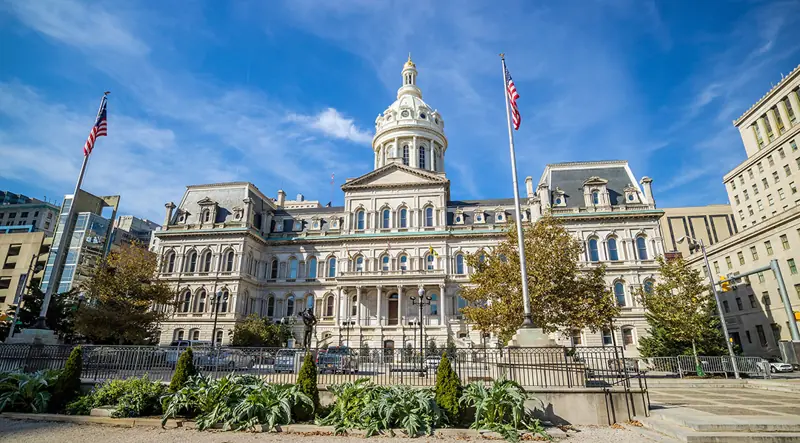More than $1.1 billion was allocated to Maryland's local governments under the federal American Rescue Plan Act (ARPA). Municipalities across the U.S. are landing major projects that would otherwise require years of careful budgeting.
Baltimore received $641 million, including $4.9 million to complete the redevelopment of Lexington Market, $11 million to combat food insecurity and $35 million to help close the city's digital divide. This summer, Mayor Brandon Scott announced the allocation of $3.4 million in relief funding for nonprofits serving Baltimore residents. These funds are the next round of distributions made through the Mayor’s $8.3 million investment into the Baltimore Civic Fund’s Nonprofit Relief Fund.
The list goes on. These are complex, multi-million-dollar ARPA city allocations with huge sums of administrative costs associated with each program.
ARPA relief is a much-needed boost, but ensuring recipients use the funds as intended is a Herculean task in itself. Governments must not only commit these funds by Dec. 31, 2024, but they must spend the funds by 2026 and report on how each program will continue. Receipt of ARPA funding is just part of the process; the watchdog and reporting function is equally important.
After consulting with municipalities across the U.S. and helping them through the process, here are a few of the lessons to help shape sound financial management practices in year two and beyond:
The Importance of Continuous Communication and Civic Engagement
ARPA requires recipients to capture diverse feedback from constituents, community-based organizations, businesses and others to determine how to spend these funds. Based on this feedback, governments must plan how they will build the capacity of community organizations to serve people with significant barriers to services, including people of diverse ethnic backgrounds and race, people with low incomes, limited English proficient populations and other underserved and unserved groups.
Surveys, town halls and other methods of engaging the public do a wonderful job of shaping the initial spending and such efforts need to continue. Demonstrating the impact of the funding on communities is critical and governments should use their websites to “paint the picture” of how spending has transformed the lives of communities.
Procurement Transparency
It is critically important for governments to demonstrate not only that they are spending ARPA funds consistent with feedback received from civic engagement, but also to demonstrate they are effectively and efficiently spending the funds.
Recipients must demonstrate that they are not playing favorites with whom they are awarding contracts by ensuring they receive at least three verbal quotes from vendors for small purchases (generally under $25,000); three written quotes for purchases between $25,000 and $250,000; and a full and open competitive procurement process for purchases greater than $250,000. Vendor names and amounts paid should be posted quarterly, demonstrating that the government is receiving the greatest value for its uses of ARPA funds.
Focus on Sustainability and Life After ARPA
Because funds must be spent by Dec. 31, 2026, recipients must find a future sustainable funding source, or the program being funded with ARPA dollars will cease to exist. Local governments should support our nonprofit and business communities in finding ways to make these initiatives sustainable.
This is an opportunity to evaluate ideas that can become part of the government’s operational and programmatic revenues and expenditures.
There are numerous federal, state, local and privately funded grants available to be considered. But obtaining ARPA replacement funding from other sources takes planning that should start soon to mitigate any disruptions.
As we move into year two of ARPA spending, governments should ensure they are communicating with the community about the results of prior spending and the plan for future spending. They should demonstrate that they are effectively and efficiently spending ARPA funds. And, finally, they should begin to plan for life after ARPA funds expire by identifying sustainable funding sources to continue these important projects and services.
Written by Jack Reagan. Originally published by the Baltimore Business Journal.
Have a Question?
Fill out the form to speak with Jack Reagan
By submitting this form, you agree to be contacted by UHY.


